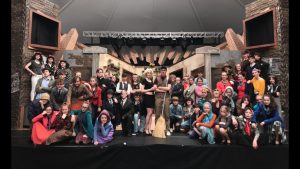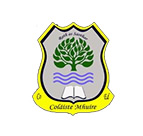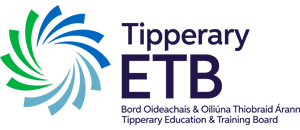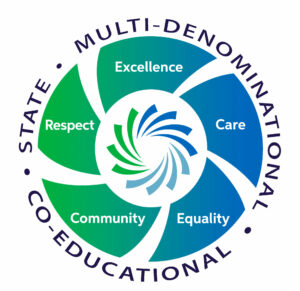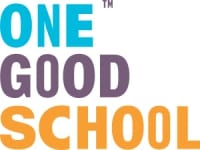● Creating and exploring music
● Participating in music and music making
● Appraising and responding to music

Students will discover
● How to compose melodies, rhythms, chords, songs, raps, jingles and other types
of compositions using instruments, your voice, digital technology and any objects that make sounds.
● How to take an existing piece of music and adapt it by experimenting with style, feel and harmony.
● How to create playlists of songs and recordings to accompany events.
● Explore how music is used to represent characters in different styles of music.
● How to perform songs and pieces of music using instruments, your voice, digital technology and any objects make sounds on your own and as part of a group.
● How to use musical notation to learn music and to write down music that you hear.
● How to compose and create music and sounds to accompany drama, tv shows, films or images.
● How to express emotions and moods using music.
● How to talk about and compare different pieces of music and different types of music from different styles and different countries.
● How to analyse pieces of music and songs to understand how they were created.
● How to recognise different types of instruments and voices and what certain instruments are good at.
● Explore the connection between music and technology, in particular the use of different types of effects on musical sounds.
● Explore the connection between musical sounds and words, images and language.
● Explore Irish composers and songwriters, music property rights and how well Irish artists are represented in TV and radio.
Assessment
Junior Cycle Music will have two Classroom-Based Assessments. The Classroom-Based Assessments will relate to the students’ work during the second and
third years of junior cycle education.
CBA 1. Composition Portfolio
CBA 2: Programme Note based on pieces performed for the practical examination.
The final examination will consist of a practical examination and a written examination.
The practical examination will be allocated 30% of the marks available. The written examination will be allocated 70% of the marks available.
